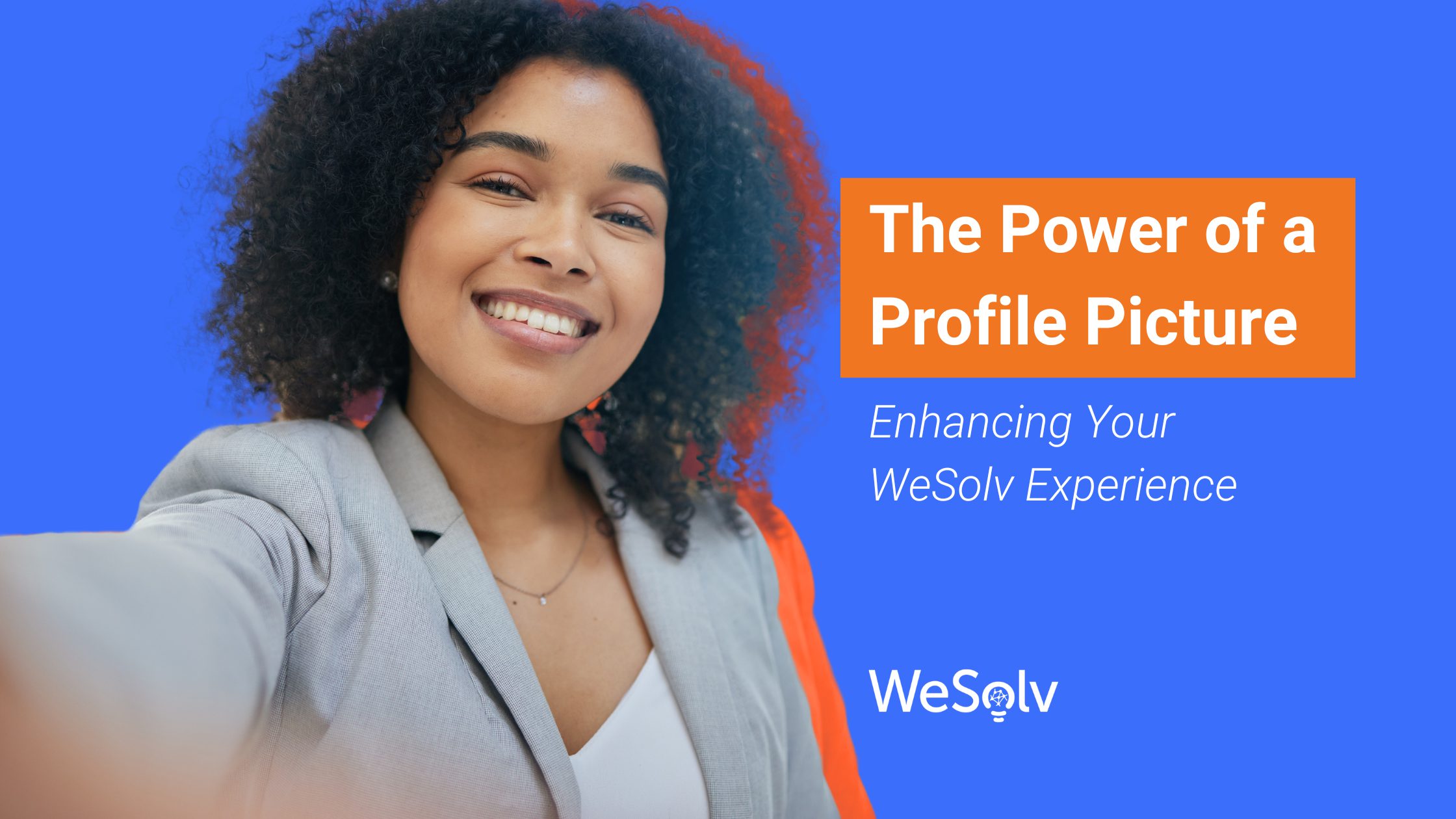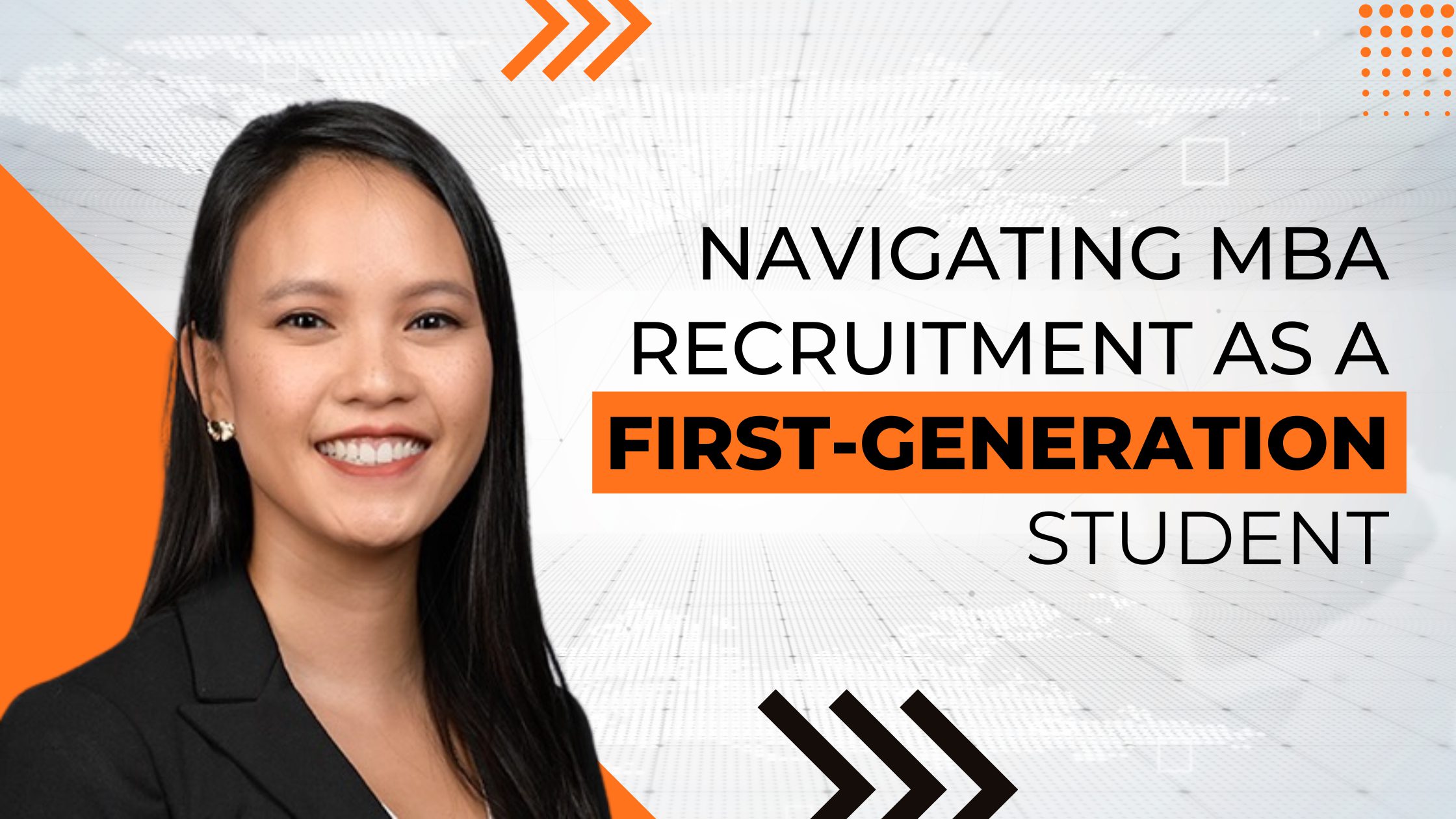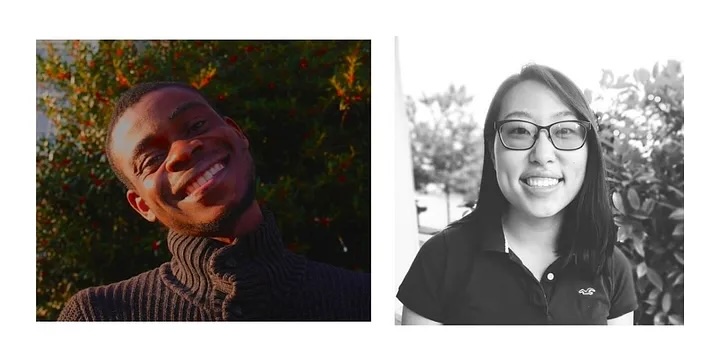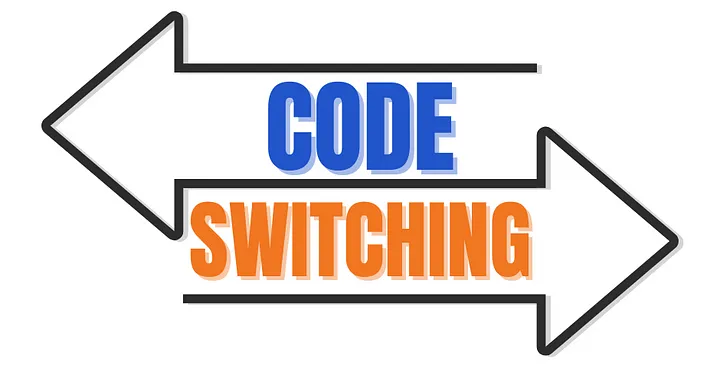Much like your LinkedIn profile, your WeSolv profile is your ticket to a powerful first impression in the digital networking realm. A professionally curated photo does wonders on both platforms, helping to distinguish you in a sea of competitors. On WeSolv, a platform designed for showcasing real-world problems through Case Challenges, a profile image brings a personal touch to your unique capabilities, mirroring how a LinkedIn photo maximizes credibility. Both serve to underline your professionalism, broadcast your reliability and competence, and lay the groundwork for a profound impact on potential collaborators and hiring managers. Just as your LinkedIn image showcases your attention to detail, your WeSolv profile picture casts the spotlight on your personal brand, inviting engagement and signaling your preparedness for the professional challenges ahead. By coupling your WeSolv identity with a professional portrait, you underscore your readiness to leap into action, engage with real-world business problems, and shine in collaborative environments. This strategic move leverages your digital persona, promising to leave an indelible mark in the minds of those you aspire to connect with across both WeSolv and LinkedIn landscapes.
The Power of a Profile Picture
Humanizing Your WeSolv Profile
When you add a profile picture to your WeSolv account, you’re not just filling in a blank space—you’re giving your digital identity a face. This is crucial because people are naturally drawn to images, especially faces. It’s about making connections more personal. When recruiters or potential team members skim through a list of candidates, a profile with a photo is more likely to catch their eye and be remembered. It’s a simple yet effective way to humanize your profile, making you more than just a name on a screen. This can lead to more opportunities, like being chosen for WeSolv Case Challenges or being noticed by recruiters. Remember, a picture is not just a form of identification; it’s a tool to make your profile more engaging and approachable.
The Double-Edged Sword of Profile Photos
Including a profile photo is not without its risks. It introduces the possibility of implicit bias, where decisions are influenced by subconscious preconceptions about a person’s appearance. This is the challenging reality of the double-edged sword; while a photo can make a profile more engaging, it can also lead to snap judgments. In professional settings, especially on platforms like WeSolv, it’s essential to focus on skills and experiences rather than personal characteristics. The goal is to minimize bias and allow fair evaluation based on merit. It’s important to navigate this carefully, ensuring that a profile photo is chosen to present a professional image that aligns with your brand without overshadowing your accomplishments and capabilities. Balancing personal expression and professional presentation is key to making the most of your profile picture.
Resume Photo vs Profile Photo
The Role of Photos in Engagement
The role of photos in engagement is markedly different when comparing resumes to profiles on platforms like LinkedIn or WeSolv. Resumes are traditionally text-centric; they are formal documents where the focus is on qualifications and professional experiences. In many regions, adding a photo to your resume is discouraged or even frowned upon due to anti-discrimination laws and hiring practices. On the contrary, profile photos on professional networking sites play a significant role in engagement. They serve as a visual handshake, an invitation to connect and learn more about the individual. Profiles with photos are more likely to be viewed, and they encourage more interactions, which can lead to greater networking opportunities and visibility in job searches. In essence, a profile photo can turn a static list of achievements into a dynamic and engaging representation of a candidate’s professional persona.
The Impact of Photos on Bias
While photos can enhance engagement on professional networking platforms, they can also inadvertently amplify bias. A profile photo allows unconscious biases to come into play, potentially affecting recruiters’ decisions based on age, race, gender, or other attributes rather than qualifications and experience. These biases can be detrimental to the hiring process and contradict the principles of diversity and inclusion that many companies strive to uphold. However, platforms like WeSolv aim to balance the scales by focusing on showcasing candidates’ skills through real-world challenges, thereby mitigating the impact of such biases. It’s a delicate balance to maintain—using photos to foster engagement and human connection while designing and implementing measures to ensure that talent is evaluated fairly and without prejudice. Understanding and acknowledging the impact of photos on bias is the first step in creating a more equitable professional landscape. 
Making Your Profile Picture Work for You
Best Practices for Profile Photos
To ensure your profile photo makes the right impression, there are several best practices to follow. First, choose a recent photo that looks like you and reflects your professional persona. Your face should be clearly visible, with good lighting and a simple, non-distracting background. Dress in attire that aligns with your industry’s standards; for a corporate setting, business professional attire is appropriate. Smile with confidence to convey approachability and positivity. Avoid casual or party photos that might detract from your professionalism. High-resolution images are preferred to maintain quality across all devices. Additionally, maintain consistency across different professional platforms to build a cohesive personal brand. A well-chosen profile photo can be a powerful tool in your career toolkit, helping you to make a positive and lasting impression on potential employers and connections.
What Makes a Good Profile Picture
A good profile picture is one that conveys your professional identity and approachability. It’s more than just a headshot; it’s a strategic asset in your professional branding. The best profile pictures have a few things in common: they are in focus, have good lighting, and feature a friendly yet professional expression. Your face should take up around 60 to 70 percent of the frame to ensure visibility even on smaller screens. Neutral backgrounds work best to keep the focus on you, and natural light can help you look your best. Moreover, make sure the photo is current and represents how you would appear in a professional setting today. It should be an authentic representation of you, not an idealized or outdated version. Ultimately, your profile picture should invite viewers to engage with your profile and signal that you are a serious professional worth knowing.
The Research Behind Including a Photo
Research substantiates the value of including a photo on professional profiles. Studies show that profiles with pictures are more likely to be viewed than those without. A LinkedIn study found that profiles with photos received up to 21 times more profile views and 9 times more connection requests. Additionally, psychological research suggests that seeing a person’s face can help viewers remember information about them, which is essential in networking situations. However, it’s important to note that while photos can increase visibility, they should complement, not overshadow, the content of your profile. The quality and appropriateness of the photo are critical to ensuring it has the desired positive impact. A professional, engaging photo can serve as an anchor for your personal brand, making your profile memorable and enhancing your prospects in a competitive marketplace.











